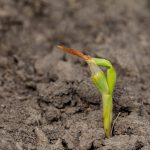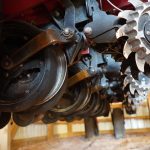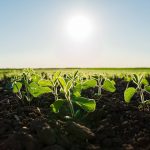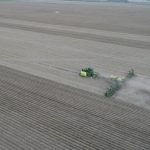Crop Scouting: How Soil Health Impacts Pest & Disease Resilience
It’s spring, planting is over, the soil is warm and seeds have germinated – all that’s left to do is sit back and wait, right? Wrong! While Mother Nature has things in hand at this point, there’s still plenty to be done to help her along, from weed management and irrigation to scouting, preventing and treating pest and disease problems.
Scouting for issues around pest infestation and disease isn’t just a task to undertake when you see trouble brewing; it’s your first line of defense for preventing problems in the first place – and it’s important to look at the big picture.
Soil health, tillage, planting practices, and overall crop vigor all influence how pests behave and how diseases take hold, which means smarter scouting starts from the ground up. Let’s explore more about pest and disease scouting – including the relationship to soil health, what to look for, and what to do if you spot a problem.
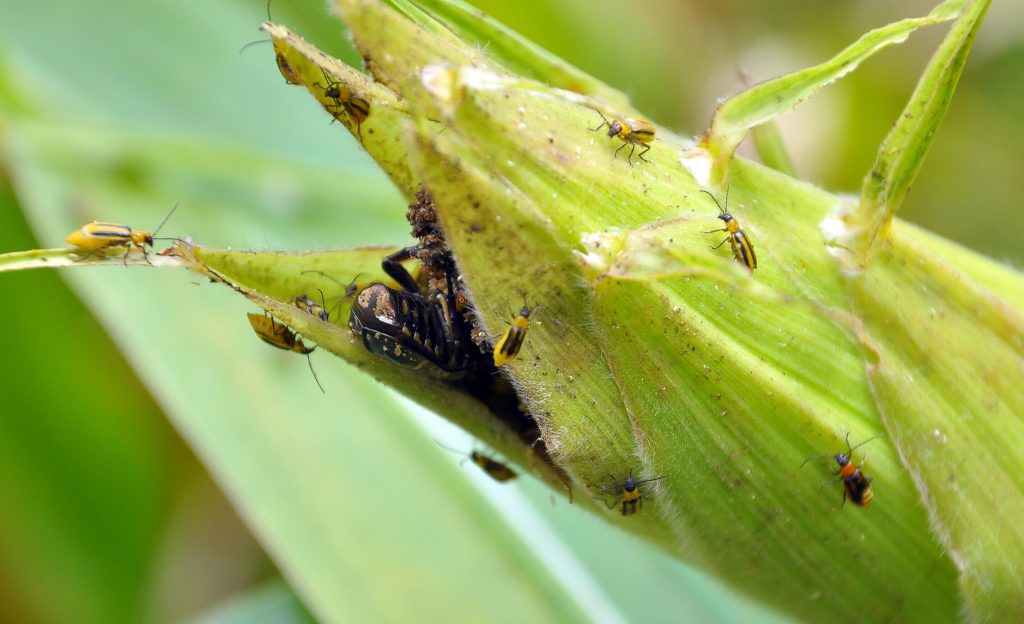
What are the most common pests and diseases affecting US crops?
From flying insects to soil-dwelling parasites, there are many types of pests that can significantly impact on crop health and eventual yields. Left unchecked, an isolated problem can become widespread on your farm. Here are some of the most common insects and diseases that affect US crops.
Insects
Corn Rootworm
Larvae feed on roots, causing lodging and yield loss; beetles can damage silks, hampering pollination.
Wireworms and cutworms
These larvae feed on roots and underground stems, often before seedlings even emerge. Damage is usually patchy and can look like poor germination.
Nematodes
Microscopic roundworms that attack roots, leading to stunting and uneven growth. Some species, like root-knot nematodes, are soilborne and hard to spot without testing.
Soybean Aphids
Sap-sucking insect that transmits viruses and reduces yield.
Stink Bugs
Damage pods and seeds; can reduce quality and cause shriveled kernels.
Diseases
Rhizoctonia and Pythium root rot
Seedling diseases common in poorly drained soils.
Sudden Death Syndrome (SDS)
Caused by the fungus Fusarium virguliforme, resulting in root rot, seedling blight and damping off.
Tar Spot
Fast-spreading fungal disease causing black spots on leaves that reduces photosynthesis and yield.
White Mold (Sclerotinia)
Characterized by white, cottony mold on leaves and stems. Causes wilting and stem rot.
Southern Rust
Orange spores appear on leaves in warm, humid climates. Spread by wind. Can reduce yields by 50%.
Fusarium Head Blight (Scab)
Produces mycotoxins and shriveled kernels, primarily on wheat crops.
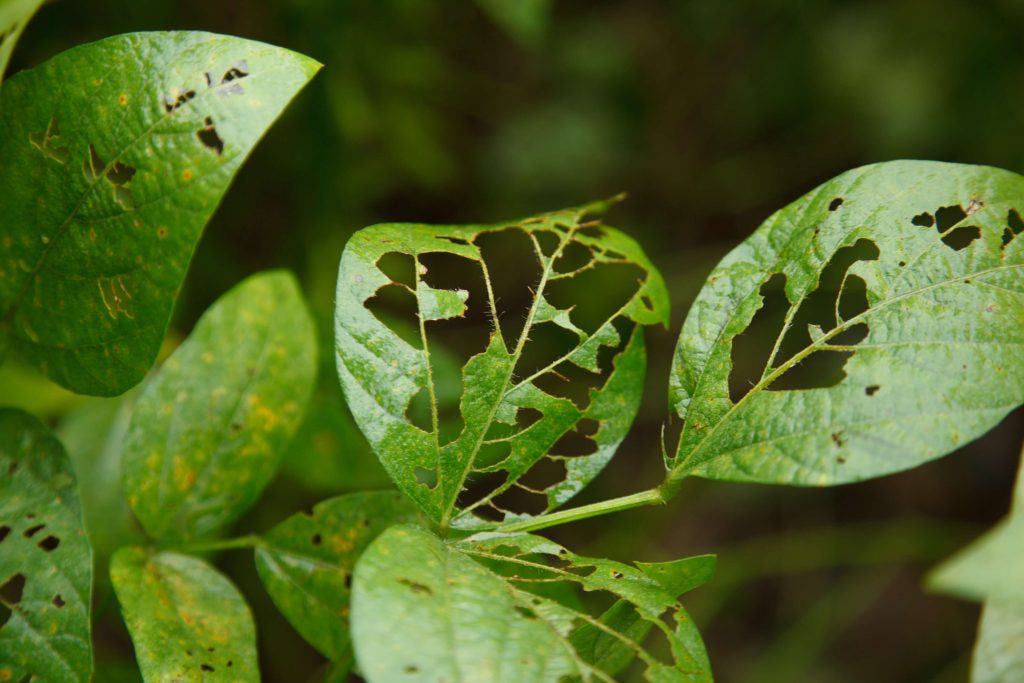
What signs should I look for when crop scouting?
At its core, pest and disease scouting is about early detection. Spotting problems early reduces your reliance on pesticides, which lowers costs and protects the environment.
Crop scouting can be as simple as walking a transect of your field, visually observing plants and soil along the way – but more and more farmers are harnessing the power of GPS, drone-mounted cameras and smartphone apps to give them greater visibility and insight. You can also engage the services of a scouting professional to do the job for you. Whichever method you choose, all crop scouting starts with getting into the field and taking a good look at what’s happening.
Above ground, keep an eye out for:
- Leaf chewing, webbing, or skeletonization
- Frass or insect droppings
- Wilted or stunted plants in patches
- Signs of feeding on stems or ears
Make sure to check the undersides of leaves for eggs, larvae and signs of damage you might otherwise miss. Sticky traps can also be used to monitor winged insect activity.
Problems below ground can be indicated by signs like:
- Missing plants or uneven stands
- Discolored, mushy, or poorly developed roots
Observing the soil surface and taking small samples can help you to visually detect unwanted insects, but some pests are invisible even with a magnifying lens, so it’s wise to bag some samples for lab testing, especially if you suspect an issue.
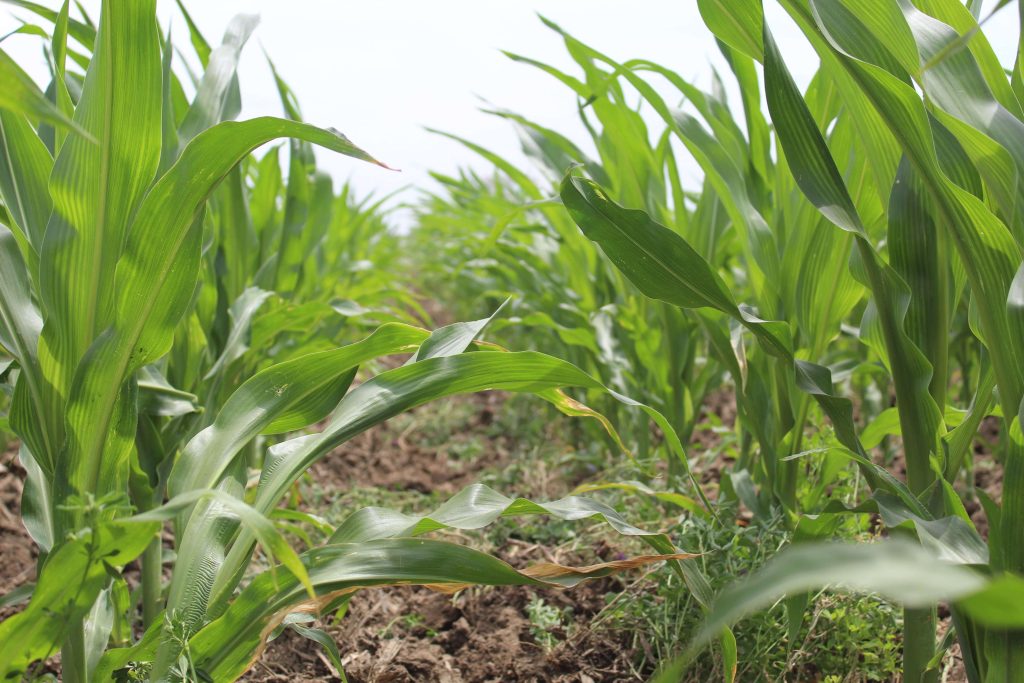
Tips for better crop scouting outcomes
Good scouting is more than just a quick walk through the field. Here are a few tips to make your efforts count:
- Scout early and often – Weekly checks during vulnerable growth stages (emergence, V3–V6, heading) can help you catch issues before they spread.
- Use a consistent pattern – Grid or zigzag patterns help ensure full coverage. GPS-tagged scouting apps can make this even easier.
- Track environmental conditions – Pest and disease pressure often follows weather patterns. Wet, warm soils? Keep an eye out for root diseases. Dry soils? Look for mites or grasshoppers.
- Record everything – Scouting notes, photos, and field maps help track trends and make better management decisions over time.
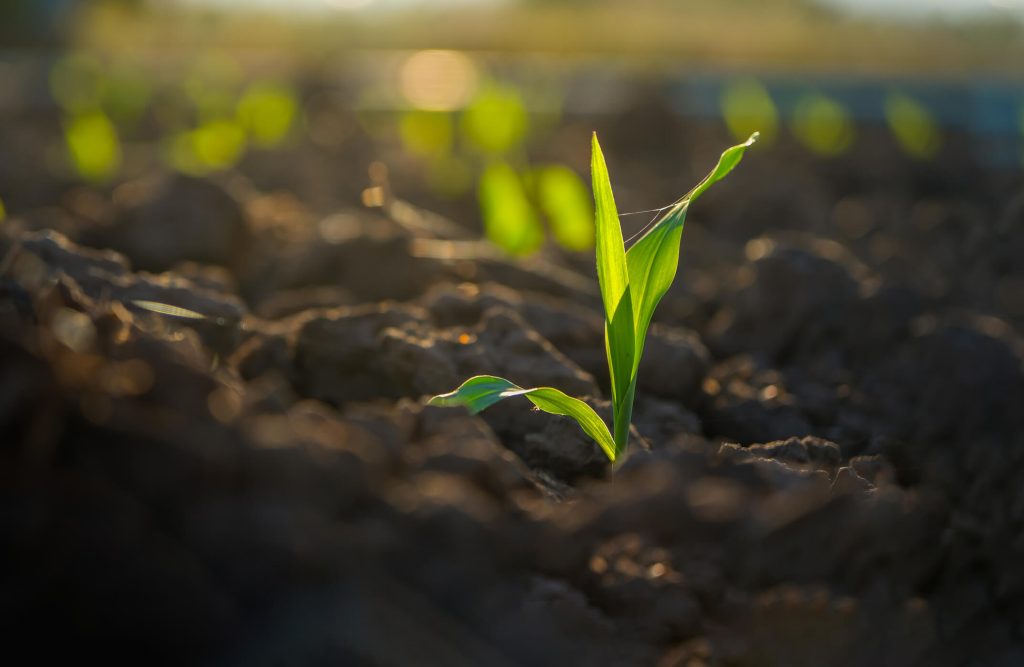
Soil health and crop resilience
Preventing pest and disease problems doesn’t start with scouting, and it certainly doesn’t start with pesticides – it begins with soil health.
Soils rich in organic matter and teeming with microbial life help plants build stronger root systems, absorb nutrients more efficiently, and tolerate stress better. A vigorous, healthy plant is less likely to succumb to insect damage or disease.
On the flip side, compacted, poorly drained, or nutrient-deficient soils create stressed crops, making them easy targets for pests and pathogens. Stressed plants give off chemical signals that actually attract certain pests. They also struggle to fend off fungal and bacterial infections.
What does that mean for your scouting program? It means if you’re seeing consistent pest or disease issues in certain areas – particularly around field boundaries and in low-lying or wet spots – it’s worth looking at what’s going on with the soil. This involves sampling and testing to understand the nutrient balance of your soil as well as the presence of harmful fungi and other pathogens.
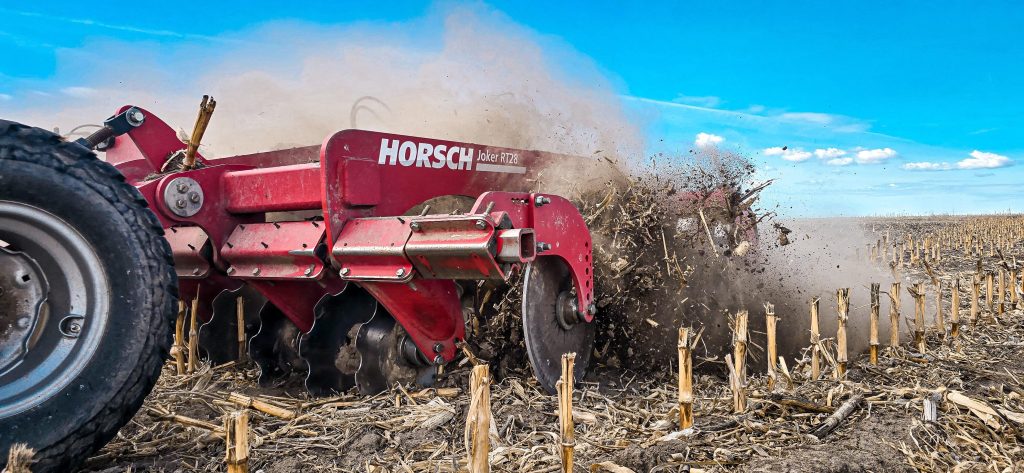
What role do tillage and planting play in pest prevention?
Tillage and planting play a key role in soil health and successful seed germination, getting young plants off to a strong start that can protect them against pests and disease. Here’s a look at some of the ways they can support pest and disease prevention:
- Considered tillage timing can disrupt the life cycles of soilborne pests like cutworms, which pupate over winter in the soil. Earlier spring tillage is associated with fewer cutworm infestations because it exposes the pupae to cold temperatures and drying conditions that prevent them from hatching.
- Chopping or burying trash reduces the likelihood of disease pressure from fungi like Fusarium or Anthracnose, which thrive in the warm, dark and moist conditions created by decomposing residue.
- Timing of planting is key – plant early into cold, wet soils and you risk slow or uneven emergence that increases damping off and seedling stress, giving pests an opening.
- Consistent planting depth and accurate furrow closing promotes better seed-to-soil contact for strong germination and reduced risk of root rot.
- Appropriate spacing allows good airflow between young plants that can reduce the risk of fungal problems and insect infestation.
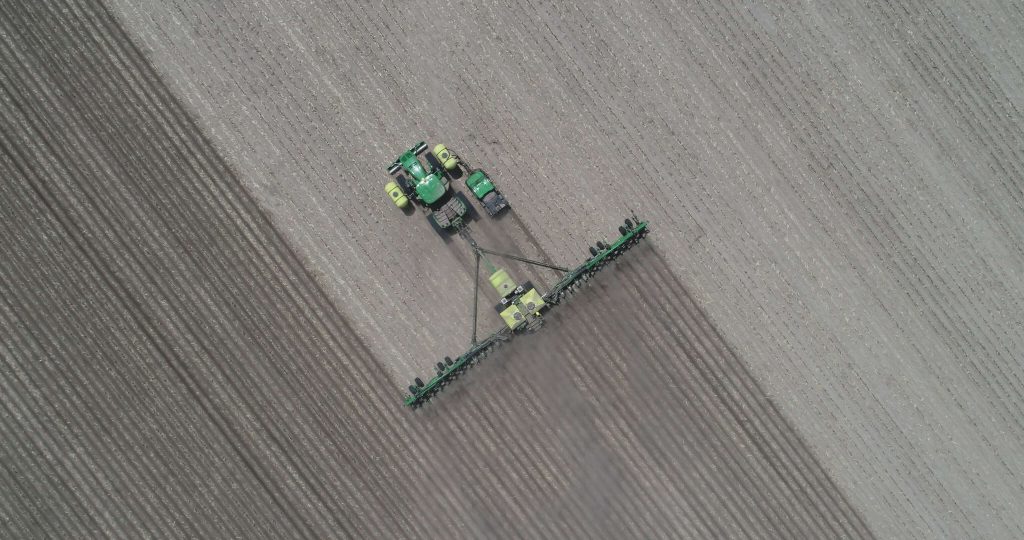
Pest prevention demands a big picture approach
In modern agriculture, pest and disease pressure isn’t just about the bugs and spores – it’s about the conditions that let them thrive. Soil health plays a major role in helping your crop resist pressure, and respond well to treatment if an outbreak does occur.
At Wearparts, we know that strong yields start with strong foundations. Whether it’s high-wear tillage parts, precision planting tools, or expert insights, we’re proud to support farmers with the tools they need to grow healthier, bigger crops efficiently.
Contact us for help choosing the best tools for your tillage, planting and harvest operation or find your nearest dealer.

